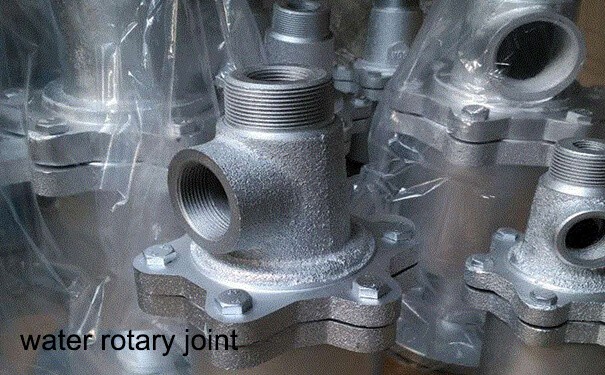A rotary union is an important element in any industrial setting, as it allows for the transfer of various liquids, such as water, steam, and more, between two rotating components. It is important to be knowledgeable about the different types of rotary unions, the features they possess, and their components to ensure the correct one is chosen for a particular rotary union water system. Additionally, selecting the proper rotary union assembly is also key for a water system to be effective.
- What is Rotary Union Water Systems?
- Types of Rotary Water Systems
- Features of a High-Quality Rotary Union Water System
- Conclusion
What is Rotary Union Water Systems?
A rotary union water system is a type of device that is used to transfer water from one location to another. It is typically used in industrial applications, such as in chemical processing plants, food processing plants, and other industrial facilities. Rotary unions are designed to allow for a continuous flow of water from one point to another while providing a seal to prevent any leakage.
In such a system, water enters the unit from a supply line and is transferred through a series of rotating seals. These seals, which are usually made of rubber or other materials, form a rotating barrier between the supply line and the output line. As the seals rotate, water is allowed to pass through them and is then directed to the output line.
Rotary water systems come in a variety of sizes and configurations, depending on the application. Some systems may include multiple rotating seals, while others may feature just a single seal. Additionally, the seals can be arranged in different ways to provide the best possible flow rate and seal integrity.
The most common type of rotary union is the single-seal type, which is typically used in industrial applications. This type of system is designed to handle high-pressure water transfers and is often used in chemical processing plants, food processing plants, and other industrial facilities.
In addition to providing a continuous flow of water, these systems can also be used to control the temperature of the water. This is done by using a thermostat to regulate the temperature of the water that is being transferred. This can be beneficial in applications where the water needs to be kept at a certain temperature in order to achieve the desired results.
Types of Rotary Water Systems
When it comes to rotary water systems, there are two main types: electrical rotary union and mechanical rotary union.
Electrical Rotary Union
An electrical rotary union is designed to transfer electrical power between two rotating parts. It is typically used in applications that require low-voltage and low-current electrical power. Electrical rotary unions are available in single- or multi-passage designs, depending on the application.
Mechanical Rotary Union
A mechanical rotary union is designed to transfer fluids, such as air, water, steam, and other liquids, between two rotating parts. It is typically used in applications such as machine tools, pumps, and compressors. Mechanical rotary unions are available in single- or multi-passage designs, depending on the application.
Features of a High-Quality Rotary Union Water System
When selecting a rotary water system, it is important to consider the features that make up a high-quality unit. These features include:
• Durability: A high-quality multi passage rotary union water system should be designed to withstand the rigors of continuous operation. It should be constructed from materials that are durable and corrosion-resistant.
• Sealing: The sealing system of the rotary union should be designed to ensure a tight, leak-free seal between the moving parts.
• Ease of Installation: A good rotary union water system should be easy to install and require minimal maintenance.
• Versatility: A good rotary union should be versatile enough to be used in a variety of applications.
• Customization: A high-quality rotary union water system should be customizable to meet the specific needs of the application.
Things to Consider When Selecting a Rotary Union Water System
When selecting a rotary union water system, there are a few things to consider. These include the type of application, the type of material to be transferred, the size of the rotating union joint, and the desired speed of rotation.
Type of Application
The type of application is the most important factor when selecting a rotary union water system. Different industries have different requirements for the types of liquids or gasses that need to be transferred. For example, a rotary union water system used in the food and beverage industry must be able to handle high temperatures and sanitary processes.
Type of Material
The type of material to be transferred is also an important factor to consider. Different materials require different types of seals and other components in order to ensure a leak-free connection.
Size of the Rotating Union Joint
The size of the rotating union joint is also important. The size of the joint should be based on the size of the pipes that need to be connected.
Speed of Rotation
The speed of rotation is another factor to consider. Different applications require different speeds of rotation.
Custom Rotary Union
In some cases, a custom rotary union may be necessary in order to meet the specific requirements of your application. Custom rotary unions are designed to meet specific requirements and can be made with different materials, seals, and other components.
Conclusion
Selecting the right rotary union water system requires careful consideration of the different types of rotary unions, the features of a high-quality system, and the various components that make up a rotary union water system. Also, it is important to consider the type of application, the type of material to be transferred, the size of the rotating union joint, and the desired speed of rotation. In some cases, a custom rotary union may be necessary in order to meet the specific requirements of your application.
See What We Can Do

